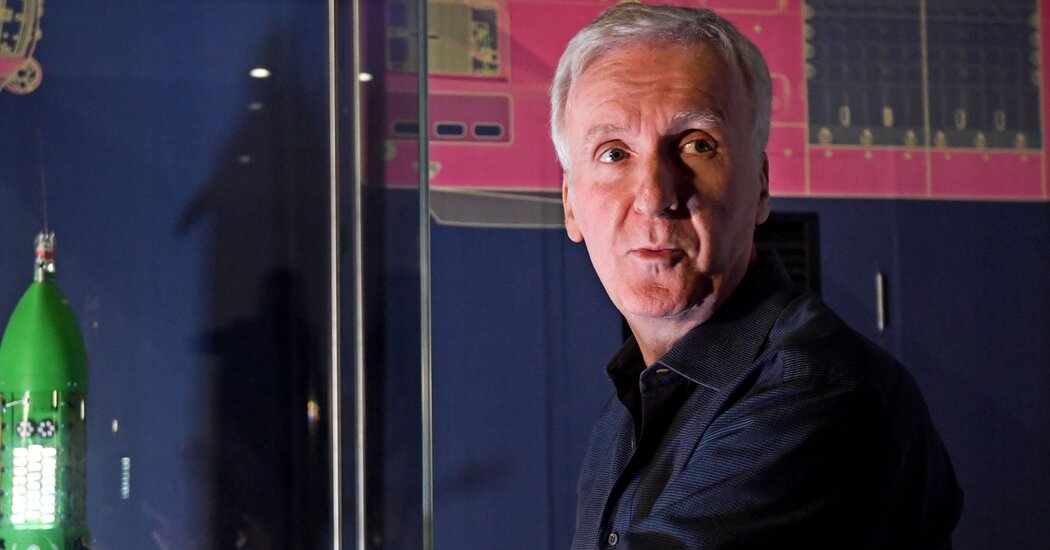“We’ve never had an accident like this,” James Cameron, the Oscar-winning director of “Titanic,” said Thursday.
Mr. Cameron, an expert on submarines, has dived dozens of times to the ship’s deteriorating hull and once plunged to the bottom of the planet’s deepest recess in a small craft of his own design.
In an interview, Mr. Cameron called the presumed loss of five lives aboard the Titan submarine of the OceanGate company the likes of which no one involved in private ocean exploration had ever seen.
“There have never been fatalities at this kind of depth and certainly no implosions,” he said.
A deep-sea implosion occurs when the crushing pressure of the abyss causes a hollow object to crash violently inside. If the object is big enough to contain five people, Mr Cameron said in an interview, “it’s going to be an extremely violent event – like 10 boxes of dynamite going off.”
In 2012, Mr. Cameron an experimental submarine in an area of the Pacific Ocean called the Challenger Deep. Mr Cameron had not sought certification of the ship’s safety from maritime industry organizations that provide such services to numerous companies.
“We did that on purpose” because the craft was experimental and its mission was scientific, Mr Cameron said. “I would never design a vehicle to carry passengers and not have it certified.”
Mr Cameron sharply criticized Stockton Rush, the CEO of OceanGate who piloted the submarine when it disappeared on Sunday, for never having his tourist submarine certified as safe. He noted that Mr. Rush called certification a barrier to innovation.
“I agree in principle,” Mr Cameron said. “But you can’t take that position when you put paying customers in your submarine — when you have innocent guests who trust you and your statements about vehicle safety.”
As a design weakness in the Titan submarine and a potential warning sign to its passengers, Mr Cameron cited carbon fiber composite construction. The materials are widely used in the aerospace industry because they weigh much less than steel or aluminum, but pound for pound are stronger and stiffer.
The problem, Mr Cameron said, is that a carbon fiber composite has “no strength in compression” – which is what happens when a submarine vehicle plunges deeper and deeper into the abyss and encounters a massive increase in water pressure. “It’s not what it was designed for.”
The company, he added, used sensors in the Titan’s hull to assess the status of the carbon fiber composite fuselage. In its promotional materials, OceanGate pointed to the sensors as an innovative feature for “hull health monitoring”. Early this year, an academic expert described the system as giving the pilot “enough time to stop the descent and return to the surface safely.”
In contrast to the company, Mr Cameron called it “a warning system” to let the submarine’s pilot know if “the hull is about to implode”.
Mr Cameron said the sensor network on the submarine’s hull was an inadequate solution to a design he said was inherently flawed.
“It’s not like a light comes on when your car is low on oil,” he said of the network of hull sensors. “This is different.”

